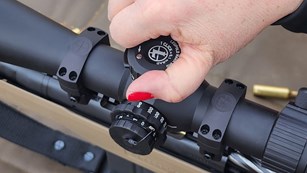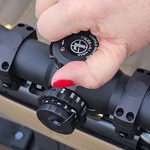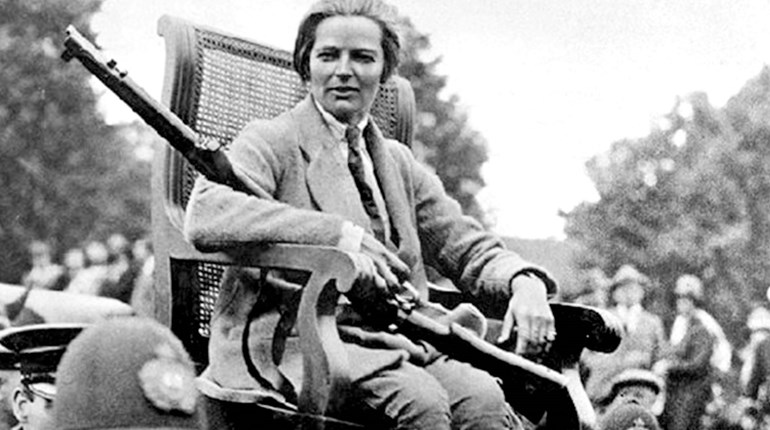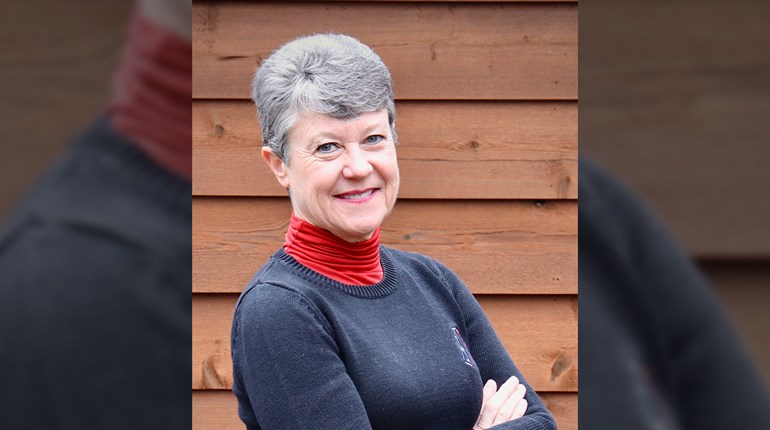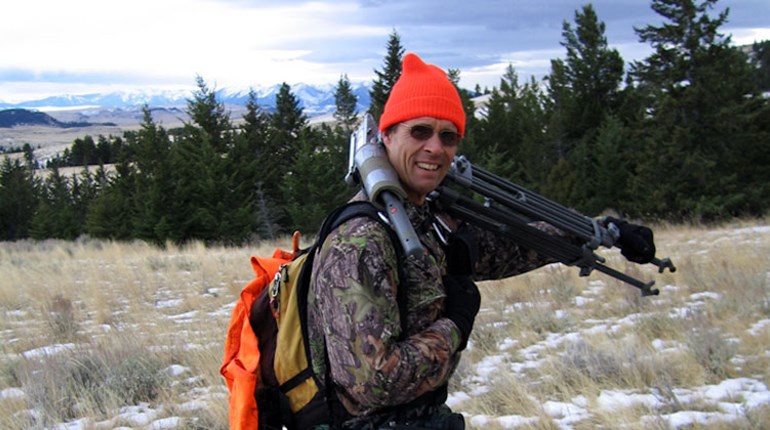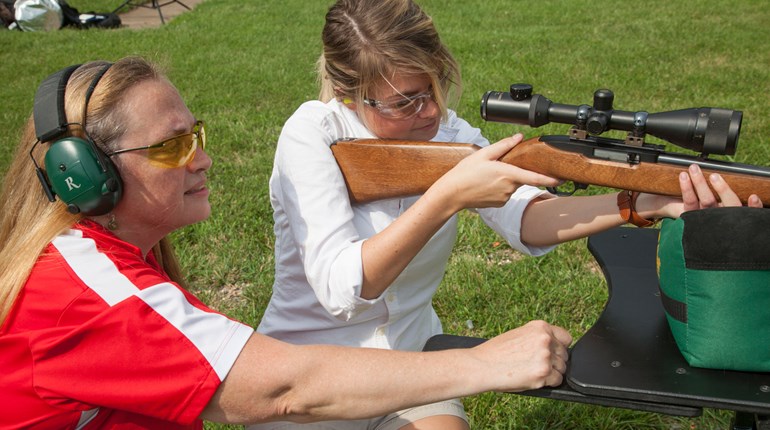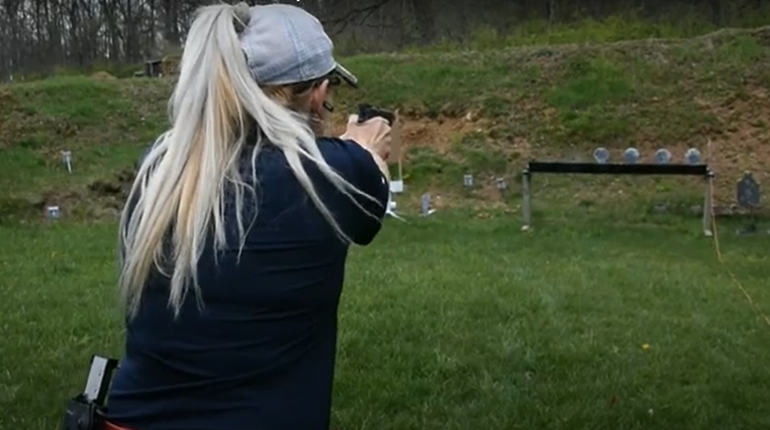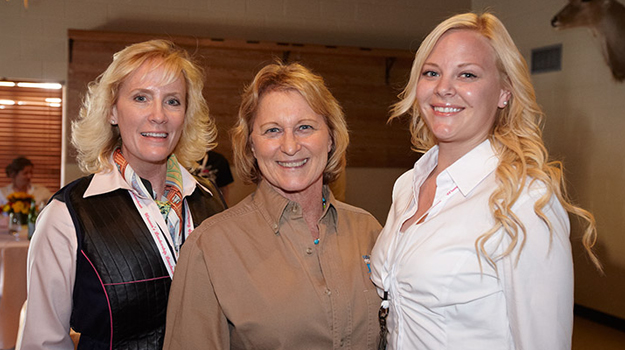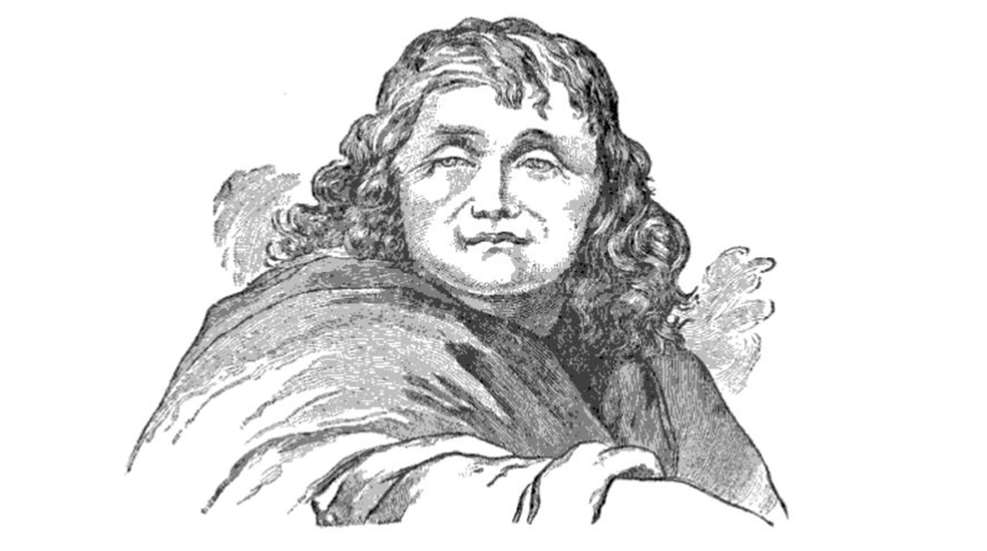
The moon was a mere sliver in the sky as horse and rider fairly flew across the West Virginia wilderness. The rider was exhausted. She hadn’t slept in more than 24 hours, but no matter.
Anne smiled to herself, remembering the scene at the garrison. Indians were preparing to attack Fort Lee and their supply of ammunition was almost gone. Colonel Clendenin needed a volunteer to ride to Fort Savannah, some 100 miles away, for gunpowder. It was a hard ride and dangerous, too, if the Indians spotted you. Not one man had volunteered. But Anne did. “They can only kill me once,” she thought.
And so it was that Anne Trotter Bailey, clad in her usual buckskins and carrying a rifle and a tomahawk, found herself hurtling across the unbroken land. At Fort Savannah she was given gunpowder, an extra horse to carry it and the offer of a return escort. She took the ammunition, the horse and a brief rest, but not the escort, before making the return trip to Fort Lee.
Anne’s selfless journey and the new supply of ammunition allowed the soldiers to drive the Indians away. She had saved the garrison, for which act the thankful Colonel gave her the horse on which she made the trip. She promptly named the horse Liverpool after the English town in which she was born.
Anne Trotter Bailey, also known as Mad Anne, was a scout and a messenger during the Revolutionary War. Born in Liverpool, England in 1742 and orphaned by the time she was 18, Anne sailed to America when she was just 19 years old. Married and widowed twice, Anne was known for her brave heart and her unconventional ways.
 After the death of her first husband, she taught herself to shoot. To support the cause of the American Revolution as well as to avenge her husband’s death, Anne volunteered to act as a scout or messenger. Soon she became a familiar and trusted figure, scouting for American forts and relaying messages as needed. She also traveled to the various recruiting stations to urge men to join the militia and do their part to protect the women and children of the area.
After the death of her first husband, she taught herself to shoot. To support the cause of the American Revolution as well as to avenge her husband’s death, Anne volunteered to act as a scout or messenger. Soon she became a familiar and trusted figure, scouting for American forts and relaying messages as needed. She also traveled to the various recruiting stations to urge men to join the militia and do their part to protect the women and children of the area.
Following her second husband’s death in 1802, the now-60-year-old Anne gave up her home to live in the wilderness. For years, she traversed her beloved West Virginia, visiting friends, but usually preferring to sleep outside.
Her last trip as a messenger was in 1817, at age 75. The following year she moved to Ohio, at the insistence of her only son. Knowing of his mother’s need to be independent, William built Anne a cabin of her own near his house. There she lived until her death in 1825.






